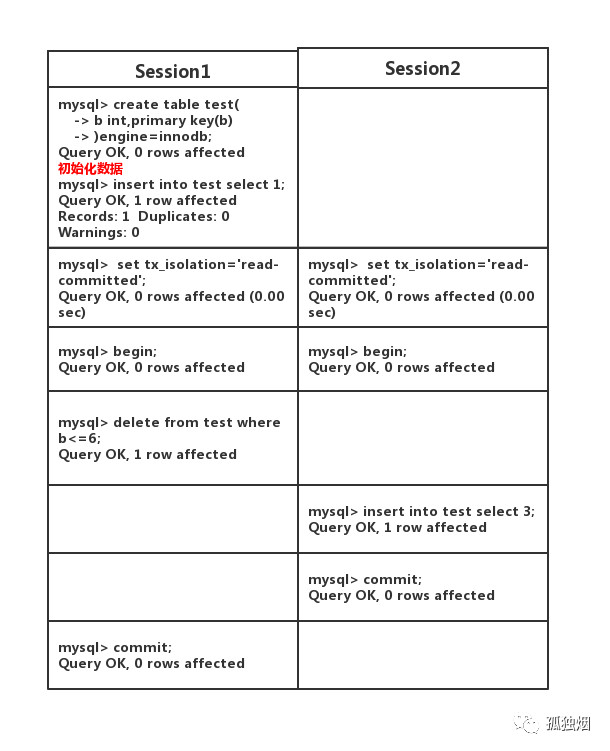Mybatis如何实现延迟加载及缓存
一、延迟加载
1、在mybatis.xml配置文件中,开启延迟加载
<settings> <!--开启延迟加载--> <setting name='lazyLoadingEnabled' value='true'></setting> <setting name='aggressiveLazyLoading' value='false'></setting> <!--延迟加载触发方法,equals、hashCode、toString都会触发加载--> <setting name='lazyLoadTriggerMethods' value='hashCode'></setting> <!--数据库下划线(_)命名转驼峰命名--> <setting name='mapUnderscoreToCamelCase' value='true'/> </settings>
2、配置mapper文件
1、一对一
* 一方
<resultMap type='Student'><id column='id' property='id'></id><result column='name' property='name'></result><result column='age' property='age'></result><result column='sex' property='sex'></result> <!--关闭延迟加载会做两次查询--><association column='grade_id' property='grade' javaType='Grade' select='com.wuxi.daos.GradeMapper.selectById'></association> </resultMap> <select resultMap='studentGradeById'>select * from student where id = #{id} </select>
* 另一方
<select resultType='Grade'>select * from grade where id = #{id} </select>
* 测试
Student student = smapper.selectStudentGradeById(4);System.out.println(student);// student.hashCode();System.out.println(student.getGrade());
2、一对多
* 一方
<resultMap type='Grade' id='gradeStudents'><id column='id' property='id'></id><result column='name' property='name'></result> <!--关闭延迟加载会做两次查询--><collection property='students' ofType='Student' column='id' select='com.wuxi.daos.StudentMapper.selectStudentsByGrade'></collection> </resultMap> <select resultMap='gradeStudents'>select * from grade where id = #{id} </select>
* 多方
<select resultType='Student'>select * from student where grade_id=#{grade_id} </select>
* 测试
Grade grade = gmapper.selectById(1);System.out.println(grade);// student.hashCode();System.out.println(grade.getStudents());
二、缓存
1、一级缓存
1、概念
一级缓存是SqlSession范围的缓存,当调用SqlSession的修改,添加,删除,commit(),close()等方法时,就会清空一级缓存。
2、测试
// Student student1 = smapper.selectStudentGradeById(1);// Student student2 = smapper.selectStudentGradeById(1);// System.out.println(student1 == student2); // true// ********************************Student student1 = smapper.selectStudentGradeById(1);Student student = new Student();student.setName('杜兰特');student.setAge(28);student.setSex(1);smapper.insertStudent(student);Student student2 = smapper.selectStudentGradeById(1);System.out.println(student1 == student2); // false
2、二级缓存
1、开启二级缓存
1、对象需要实现Serializable接口
2、在mybatis.xml配置文件中,开启二级缓存
<settings><!--开启二级缓存--><setting name='cacheEnabled' value='true'/></settings>
3、配置mapper文件
<cache/><select resultMap='studentGradeById' useCache='true'>select * from student where id = #{id}</select>
2、测试
SqlSession sqlSession1 = sqlSessionFactory.openSession();StudentMapper mapper1 = sqlSession1.getMapper(StudentMapper.class);Student student1 = mapper1.selectStudentGradeById(1);sqlSession1.close();SqlSession sqlSession2 = sqlSessionFactory.openSession();StudentMapper mapper2 = sqlSession2.getMapper(StudentMapper.class);Student student2 = mapper2.selectStudentGradeById(1);sqlSession2.close();// 只查询了一次数据库。二级缓存存储的是数据,并不是对象System.out.println(student1 == student2); // false
以上就是本文的全部内容,希望对大家的学习有所帮助,也希望大家多多支持好吧啦网。
相关文章:

 网公网安备
网公网安备